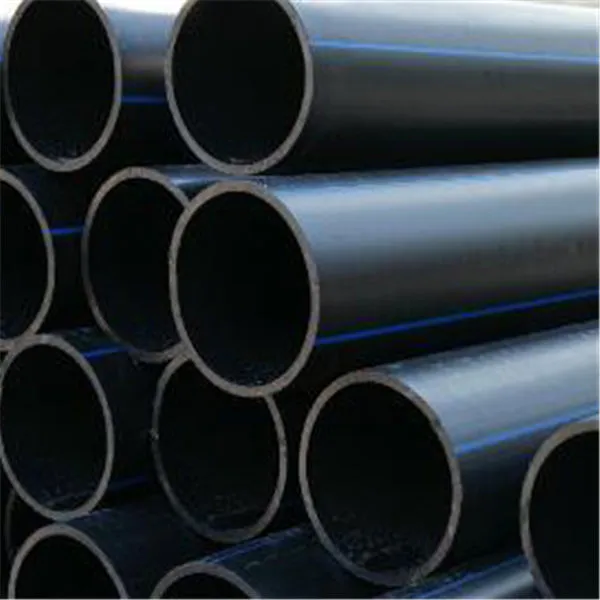Nov . 11, 2024 03:20 Back to list
A Guide to ERA PPR Pipes and Fittings Specifications and Applications
Understanding ERA PPR Pipes and Fittings A Comprehensive Guide
In today's construction and plumbing industry, material choice is crucial for ensuring durability, efficiency, and reliability. One of the most popular materials making waves in this field is PPR (Polypropylene Random Copolymer) piping and fittings, particularly those produced by ERA. This article aims to explore the features, advantages, applications, and installation practices of ERA PPR pipes and fittings, highlighting why they are considered a top choice for plumbing and industrial applications.
What are ERA PPR Pipes and Fittings?
ERA PPR pipes are manufactured from a type of polypropylene that is designed to handle both hot and cold water applications. They are known for their robust construction, resistance to chemical corrosion, and longevity, making them suitable for various domestic and industrial uses. ERA, a brand recognized for its commitment to quality, offers a wide range of PPR pipes and fittings that cater to diverse plumbing needs.
Key Features of ERA PPR Pipes
1. Temperature and Pressure Resistance ERA PPR pipes can withstand temperature ranges from -20°C to 95°C and are rated for high-pressure systems. This ability makes them ideal for both residential and industrial hot water systems.
2. Chemical Resistance The molecular structure of PPR makes it inherently resistant to many chemical substances, which means it won't corrode or degrade when it comes in contact with common chemicals found in various industrial applications.
3. Lightweight and Easy to Handle Compared to traditional materials such as metal, ERA PPR pipes are considerably lighter, facilitating easier handling and installation. This feature can significantly reduce labor costs and the time required for installation.
4. Low Thermal Conductivity PPR also has low thermal conductivity, which helps in maintaining the temperature of the fluid flowing through the pipes. This quality reduces energy losses in hot water systems and improves overall efficiency.
5. Environmentally Friendly ERA prioritizes sustainable manufacturing practices. PPR is recyclable, and the production process is energy efficient, contributing to a reduced carbon footprint.
Advantages of Using ERA PPR Pipes and Fittings
- Cost-Effective Although the initial investment in PPR piping can be higher than some traditional materials, their longevity and lower maintenance needs result in significant cost savings over time.
- Flexibility in Design With a range of fittings available, including elbows, tees, and reducers, ERA PPR fittings allow for versatile plumbing designs. This adaptability ensures that plumbing systems can be tailored to specific building layouts efficiently.
- Longevity and Reliability With a lifespan of over 50 years when properly installed, ERA PPR pipes provide peace of mind for property owners concerned about the longevity and reliability of their plumbing systems.
era ppr pipes and fittings

Applications of ERA PPR Pipes and Fittings
ERA PPR pipes and fittings are versatile and can be utilized in a variety of applications, including
- Hot and Cold Water Supply Ideal for residential plumbing, ERA PPR pipes can effectively transport both hot and cold water.
- Heating Systems Due to their resistance to high temperatures, these pipes are commonly used in underfloor heating systems and radiators.
- Industrial Applications Their chemical resistance makes them suitable for transporting corrosive substances in industrial settings, including in factories and processing plants.
- Firefighting Systems ERA’s PPR pipes are often used in fire protection systems, compliant with safety regulations to ensure that systems remain operable under extreme conditions.
Installation Practices
Proper installation is critical to maximizing the lifespan and performance of ERA PPR pipes and fittings. Here are some best practices
1. Preparation of Pipe Ends Ensure that the pipe ends are free from dust and moisture before welding them together.
2. Fusion Welding This is the recommended method for joining PPR pipes, as it creates a solid and permanent bond. Always follow ERA's guidelines for temperature and timing during the welding process.
3. Support and Spacing Use appropriate support and spacing to prevent sagging, especially in long runs of piping.
Conclusion
ERA PPR pipes and fittings embody the future of plumbing systems, blending strength, flexibility, and sustainability. Whether for residential renovations, commercial projects, or industrial applications, their numerous advantages make them a wise investment for any plumbing professional. As the industry continues to evolve, embracing innovative materials like ERA PPR will enable more efficient and reliable infrastructures, meeting the demands of contemporary construction standards.
-
High-Quality PPR Pipes and Fittings Durable ERA PPR & PVC PPR Solutions
NewsJul.08,2025
-
Black HDPE Cutting Board - Durable, Non-Porous & Food Safe HDPE Plastic Cutting Board
NewsJul.08,2025
-
High-Quality CPVC Panel Durable HDPE & PVC Panels Supplier
NewsJul.08,2025
-
Double PE Welding Rod Supplier - High Strength, Durable & Versatile Welding Solutions
NewsJul.07,2025
-
High-Quality PVC-O Pipe Supplier Durable 75mm PVC Pipe & Connections Leading PVC Pipe Company
NewsJul.07,2025
-
HDPE Drainage Pipe Supplier – Durable & Corrosion-Resistant Solutions
NewsJul.06,2025

